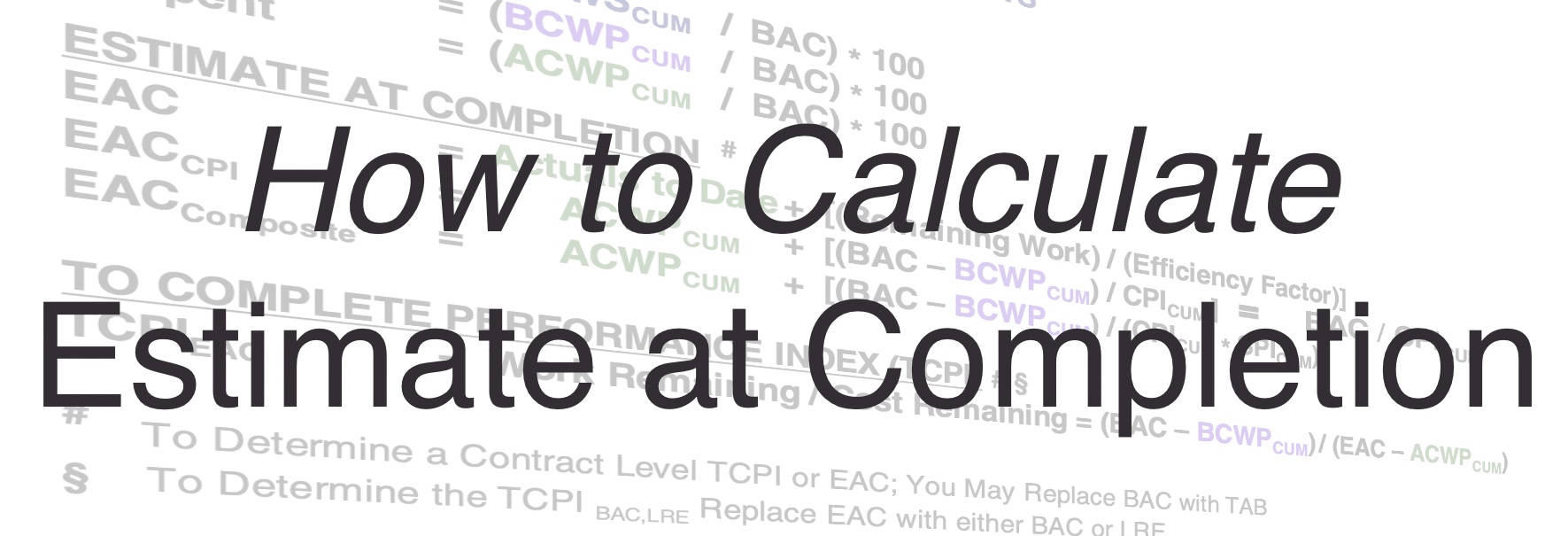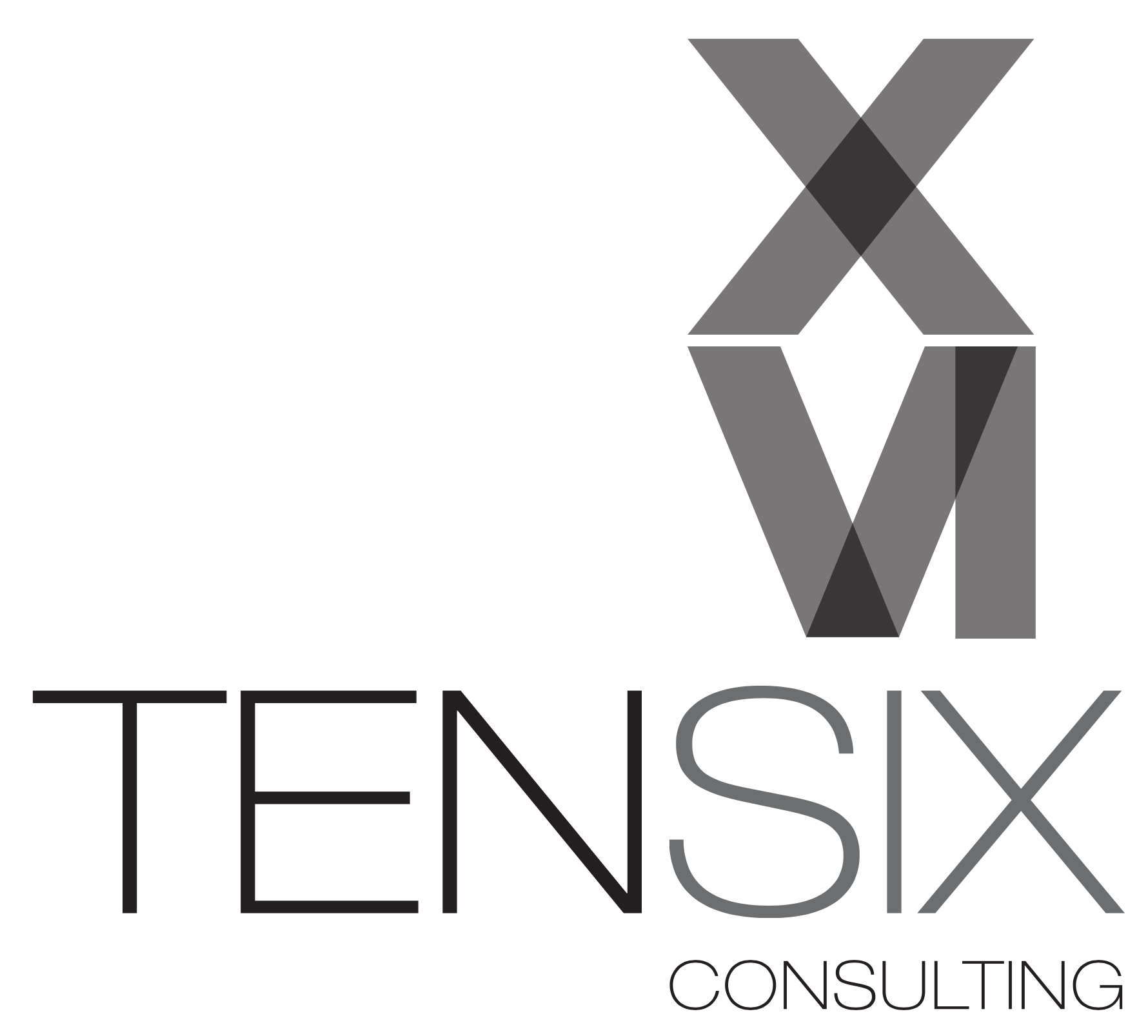 Working out how much your project is going to cost is simple, right? It might be a straightforward calculation, but EAC (Estimate at Completion) can be calculated in a number of different ways depending on the currently available data. It’s important to know what calculation is being used so that everyone understands what the EAC numbers are telling you.
Working out how much your project is going to cost is simple, right? It might be a straightforward calculation, but EAC (Estimate at Completion) can be calculated in a number of different ways depending on the currently available data. It’s important to know what calculation is being used so that everyone understands what the EAC numbers are telling you.
What is EAC?
Estimate at Completion is a commonly used calculation that shows how much the project is going to cost by the time it finishes. It’s an estimate of the cost of the project, projected forward in time to the end date. In other words, it’s an estimate of what you will have spent on the project by the time it’s done.
There are 4 common ways to calculate EAC.
1. If you believe the project will continue to spend at the same rate
Formula: EAC = BAC/CPI where BAC is the Budget at Completion and CPI is the Cost Performance Index.
This formula takes into account the current CPI – how well the project is doing against the predicted rate of spend for the planned work. If you believe the CPI is accurate and is likely to be maintained for the rest of the project, then take the forecasted budget at completion, apply the CPI to it and you’ll get an estimate for how much the project is likely to cost.
This is a useful calculation to turn to when you’re confident that the situation you find yourself in is likely to continue. For example, you have had to hire a resource significantly more expensive than your original budgeted resource, and they are locked in for the duration, or where you had to hire an additional resource over what was planned.
2. If you believe cost and schedule performance will impact future performance
The first formula, above, only took cost performance into account (CPI). But what if you think your estimates will also be affected by schedule performance? Taking longer to do tasks also affects the overall project costs – as does completing tasks earlier.
Formula: EAC = AC + (BAC-EV)/(SPI*CPI) where SPI is Schedule Performance Index and the other abbreviations are as above.
This is what you need to use if you think that the project’s performance will carry on the way it has currently been going, with both schedule and cost not performing exactly as planned. Typically, we tend to think of using this calculation when the project is behind and also overspending, and want to know what the EAC is going to be on that basis.
However, projects can complete earlier and cheaper, so that’s also useful to know! That may indicate that scope items have been removed.
3. If you believe costs will continue as per the original forecast
Let’s say your project hit some delays but you’re over them now. Whatever issue you had in the past, it’s not likely to reoccur and you are back on track. However, you still need to work out and account for the impact that has had on your budget.
Formula: EAC = AC + (BAC – EV) where AC is the Actual Cost spent to date, BAC is the Budget at Completion and EV represents your Earned Value.
This formula uses your actual costs which takes any blips in spending into account, and then adds on the original forecasted spend for the remainder of the project. An example would be a flood in the warehouse that resulted in your stock being lost. You had to buy more stock. It would be unfortunate if you had to replace that stock a second time due to another flood, and you assume it won’t happen now flood-protection measures have been put in place.
4. If you have to re-estimate from scratch
Formula: EAC = AC + new estimate
This is pretty easy to work out! All you need are the actual costs incurred to date and your brand new estimate. Add them together and you’ve got your new forecasted estimate at completion.
Use this if your estimates were so far out that it isn’t worth bothering to track them any longer. For example, if you made some assumptions that turned out not to be true, or the scope of your project has changed so dramatically that the costs are wildly different from what you originally expected. In those situations, it is better to replan the EAC from scratch starting with a new estimate based on realistic assumptions and your current view of the situation. Then monitor project performance from there.
While this is the easiest one to work out, it’s also not related to project performance in any way. You’re not using existing data – beyond saying that your existing data was incorrect to the point of having to estimate from scratch again. Hopefully you won’t have to use this one, and if you do, with any luck you’ll be doing this calculation once and then reverting to using one of the others to establish EAC.
EAC is a useful measure because it answers the question, “How much will this project cost?” And most execs want to know the answer to that. As projects progress, costs evolve, and the answer could change. That’s why it’s worth keeping an eye on EAC and regularly reporting on it to ensure you monitor and control for any variance. Small changes may keep you within set tolerances, but larger changes could result in needing to do a formal change request or some more targeted management action to get the project back on track.
